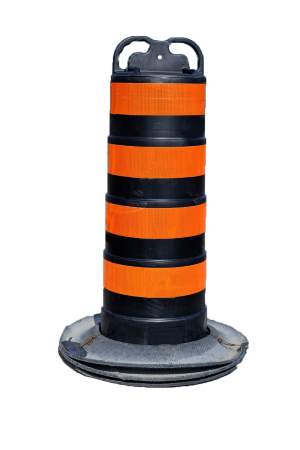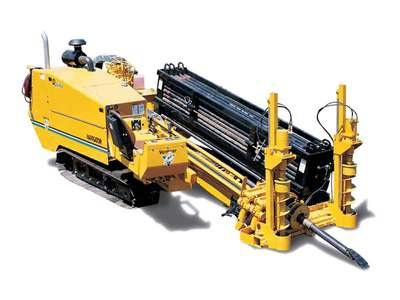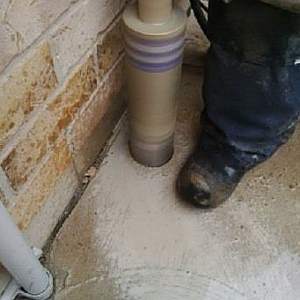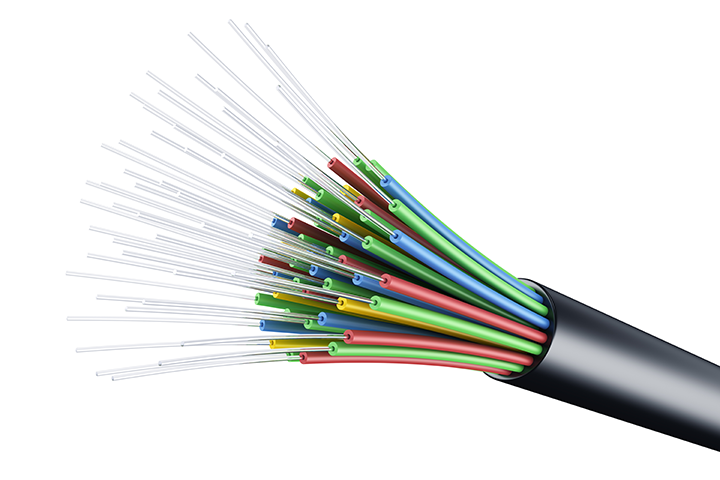MNSi Fibre Construction
Here's what happens during an underground fibre neighbourhood build
Planning and Permissions

Prior to any work being done on the street, engineers have surveyed the area, examined drawings and prepared all the design work. From this point permits are obtained from the City/Municipality and contractors are selected.
Once that is finished, you should receive a hand delivered letter in your mailbox asking for permission to run our duct and Fibre cables to your home. There is absolutely no cost or obligation to buy anything, but your permission is required for us to bring the duct to your home. If the duct is not brought to your home at this time, additional, costly charges may be required to receive Fibre service in the future.
Once permission is granted by you, the home owner, the contractor is given authorization to proceed with work on your property. Regardless of your decision, work along the street in the strip of municipal land in front of your house will proceed.
Flags and Markings
Did you know that when you (or a contractor performing work for you) dig by hand or excavate with machinery you risk damaging an underground network of natural gas pipes, telephone lines, hydro or cablevision cables and water pipes?
The same applies to MNSi when we’re preparing to bring Fibre to your neighbourhood. Before any actual digging or underground work occurs, you’ll notice line location personnel walking around using special equipment to locate underground utilities. The location of the spots where there are utilities or mains are marked with specific colour codes (paint, stakes or flags), depending on the utility involved.
Here’s a quick guide so you can understand the various colours:

For more information about locates and and the processes involved please check
out Ontario One Call 
Excavating and Drilling

The contractor hydro excavates holes where the duct goes to each house along the street, as well as any other utility lines they must cross. Hydro excavating is an industry term for a non-mechanical, non-destructive process that uses pressurized water and an industrial strength vacuum to simultaneously excavate and evacuate soil.

Once the hydro excavation is complete, the contractor brings out a Horizontal Directional Drill (similar to a drill used to make wells, but horizontal) and drills from one end of the street to the other. At this point, they tie onto the conduit for the street and start pulling it back and as it passes the holes, they either add additional conduit or unhook conduit and leave them out through the holes.
Work along the street continues as our contractors install grade level splice vaults. The purpose of these boxes is to splice the incoming Fibre to about 12 homes. Down an average street, a few of these boxes will be placed.
Finalizing the Construction

This is when the focus shifts to individual houses. Our contractor continues their work by horizontal drilling from the conduit at the curb to the house. Then they take the conduit and hook it on to the horizontal directional drill head at the house and pull it back. This allows the contractor to connect the duct from the house to the duct along the street. The hole at the curb is then totally filled and restored by MNSi's contractor(s) to municipality standards.
If there is a concrete sidewalk or paving at the home where the conduit hole would be, we ask for permission to core drill the concrete, which essentially leaves a concrete plug that can be used later when the hole is sealed and fully restored with only a one inch hole with the conduit sticking out.
This pretty much completes all the underground work at your home.
Typically, the conduit will reach the home near the gas meter or where other utilities enter the home, so it's available close to all your other essential utilities inside and is easy to access.

The actual Fibre Optic cable is pulled through the conduit to reach the house and is attached to a small box (which we call a slack box), which is mounted to the home. This cleans up the look of the conduit where the Fibre is brought into the home, giving it a more professional finished look.
At this point, your home is capable of receiving Fibre Internet.
Ready to Sign Up!

Once the other homes on the street are completed and your area cabinet is turned on for service, you will receive either a letter/flyer in your mailbox or a door knocker telling you service is now available.
When you order Fibre for the first time and schedule an appointment, about five days later an MNSi installer will come to your home at the appointed time, run the Fibre Optic cable from the slack box to the inside of your home and attach a modem. After all the testing is completed, you'll be surfing, streaming and downloading with blisteringly fast Internet speeds with no download limits.
To see available plans, check out our MNSi Fibre for Home pricing.
General Inquiries
If you have any questions about the process please fill out the form below and we'll get back to you soon. If you would like to find out if fibre services is available to you, please check our fibre availability map, or call customer service.



